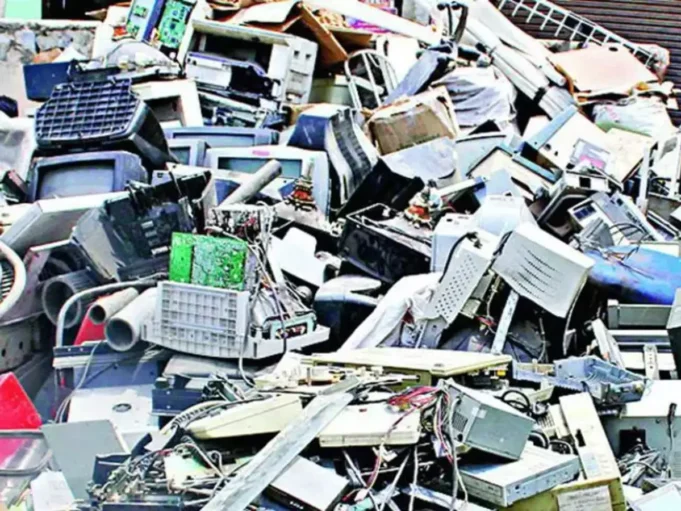Electronic garbage, often known as e-waste, is created when electrical equipment becomes unsuitable for its original use or exceeds its expiry date. E-waste includes all devices that the consumer uses for a service. Because of rapid technological breakthroughs and the manufacturing of new electronic equipment, this electronic equipment is quickly replaced with newer models. This has resulted in exponential growth in the creation of e-waste. People often upgrade to more recent versions, and product life has also diminished. The electronic waste management that takes place should be more impactful.
Importance
Even in trace amounts, heavy metals and extremely poisonous chemicals such as lead, mercury, cadmium, and beryllium represent a severe environmental hazard. Consumers have the key to effective e-waste management. Design for Environment (DfE); Extended Producer Responsibility (EPR); Reduce, Reuse, Recycle (3Rs), and the introduction of technology platforms to connect the market to provide a circular economy, and other steps to encourage consumers to properly dispose of their electronic waste, with better reuse and recycling rates, and to adopt sustainable habits. E-waste management is a significant concern in wealthy nations. Still, it is aggravated in developing countries by totally adopting or reproducing developed-country e-waste management and numerous related difficulties. All these e-waste management companies nowadays are trying to refute the stats of the environment back to a habitable level. This can be seen as a result of the Kyoto Protocol, where almost 70% of the ozone layer got rejuvenated.
Management
Almost all e-waste contains recyclable components such as plastic, glass, and metals, but these materials cannot be recovered for other uses due to inappropriate disposal procedures and processes. Toxic elements of e-waste may wreak havoc on the human body if it is deconstructed and treated improperly. To dispose of the garbage, techniques such as disassembling components, wet chemical processing, and incineration are utilized, resulting in direct exposure and inhalation of dangerous chemicals. Gloves and face masks are not regularly used, and employees frequently lack the expertise and experience to do their duties effectively. Furthermore, hand extraction of harmful metals results in deadly substances entering the bloodstream of the person performing it.
What Can Be Done
To minimize e-waste output and boost recycling, the Ministry of Environment, Forests, and Climate Change implemented the E-Waste (Management) Rules in 2016. According to the report, under these guidelines, the government implemented EPR, which requires producers to collect 30% to 70% (over seven years) of the e-waste they generate. Integrating the informal sector into a transparent recycling system is critical for improved environmental and human health impact control. Some attempts have been made to integrate the current informal sector into the growing environment. GIZ, for example, has established alternative business models to guide informal sector associations toward authorization.
E-waste contains a high concentration of metals such as silver, gold, and copper that can be recovered and recycled. The effective recovery of precious elements in e-waste can produce income-generating opportunities for businesses and people. The government modified the E-Waste Management Rules 2016 in March 2018 to facilitate and successfully execute ecologically sound e-waste management in India. After October 1, 2017, the revised Rules changed the collection objectives under EPR. Effective and enhanced e-waste management will be assured through updated objectives and monitoring under the Central Pollution Control Board (CPCB).
Indeed, even in follow sums, weighty metals and very toxic synthetics like lead, mercury, cadmium, and beryllium address a serious natural risk. Purchasers have the way to successful e-squander the board. Plan for Climate (DfE); Broadened Maker Obligation (EPR); Lessen, Reuse, Reuse (3Rs), and the acquaintance of innovation stages with interface the market to give a round economy, and different moves toward urge buyers to appropriately discard their electronic waste, with better reuse and reusing rates, and to take on supportable propensities. E-squander the board is a critical worry in rich countries. All things considered, it is bothered in agricultural nations by absolutely taking on or repeating created country e-squander the board and various related troubles. Every one of these e-squander the board organizations these days are attempting to invalidate the details of the climate back to a livable level. This should be visible because of the Kyoto Convention, where practically 70% of the ozone layer got revived.

















